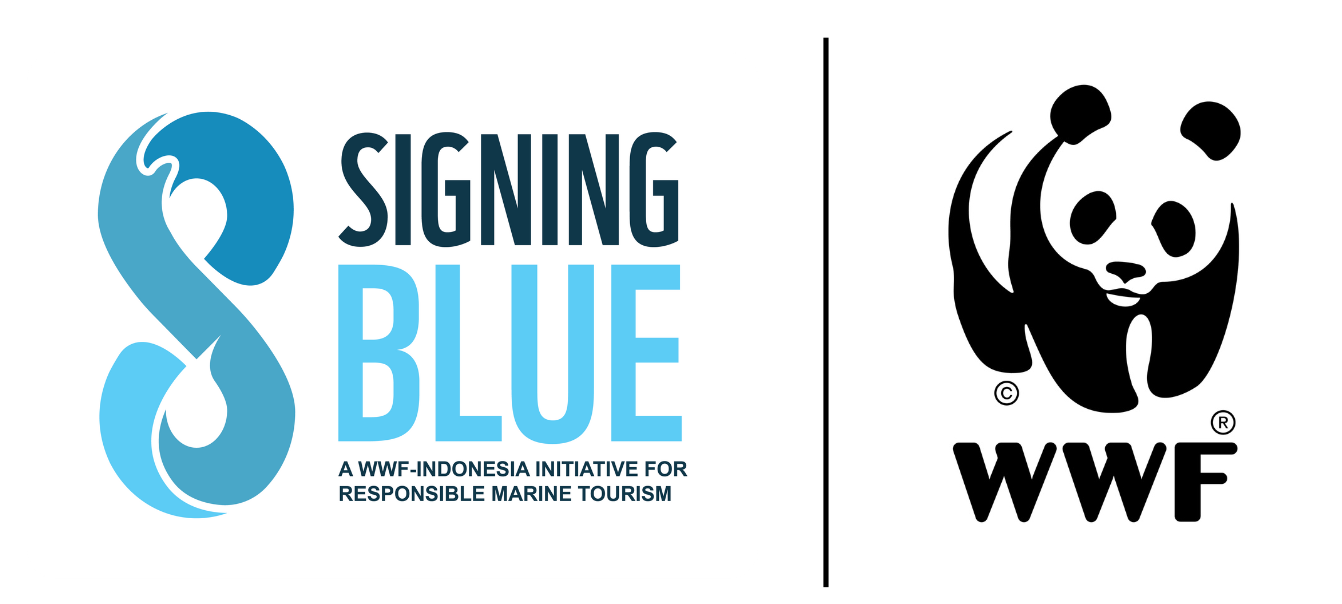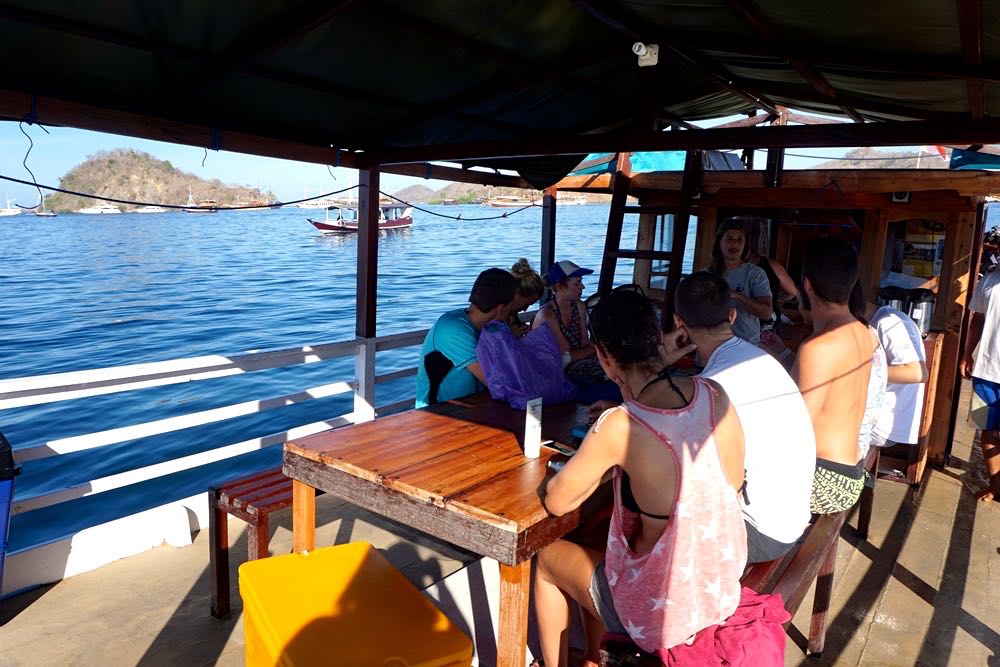Reducing Pressure of Marine Waste in the Komodo National Park Area
Sophie, an instructor at Dive Komodo, a tour operator company, is giving a briefing to a number of tourists who will be diving in the Komodo National Park (TN). He introduced the crew, existing facilities such as refill water, dive sites, and how to prevent environmental destruction. He informed that this national park is a water conservation area and is recognized as a world heritage site by UNESCO. “Don't take anything, don't touch the coral because it takes so long to grow,” this woman remembers. Not only as a World Heritage Site, the marine area of Komodo National Park has also been recognized by the Man and Nature Biosphere Reserve and The New Seven Wonders of Nature. The entire area is worthy of conservation. To reduce pressure on regional damage, Signing Blue was formed, an agreement on sustainable and environmentally friendly natural tourism practices. A number of tour operators have joined such as Dive Komodo, Divine Diving and Flores XP. However, there are many more other entrepreneurs who have not been involved.
Susi Yanti Kamil, WWF-Indonesia staff in Labuan Bajo said that the entrepreneurs involved in the Signing Blue program were committed to environmental preservation. Also implementing good practices and ship management to reduce waste. For example using refill water and sorting and collecting organic and inorganic waste. His party also encourages community-based waste management by holding a number of training sessions for community groups. "The garbage collected on the ship is brought ashore to be sorted," he said. If allowed to accumulate on the island it is very easy to be carried out to sea during high tide. Based on a study conducted by the Regional Government of West Manggarai together with the Komodo National Park Office in 2016, around 13 tonnes of waste is produced in the national park area and Labuan Bajo in one day. Most of the sources are in housing, then restaurants, and roadside. At present there is a lot more organic waste, so it is proposed that waste be sorted from the source, then processed by TPS 3R (reduce, recycle, reuse) units, then the rest will just go to the Final Disposal Site (TPA). Preparation of short and long term scenarios regarding the need for facilities, investment costs, and the volume of waste that can be processed must also be carried out.
Martha Muslin, manager of Wicked Diving who actively campaigns for sustainable tourism also sees this waste problem as very crucial if it is not addressed. In one event, he and more than 100 divers from various countries combed the waters of a number of busy islands in the Dive for Debris campaign to transport dozens of sacks of trash. Fabi, a dive master, said that marine activity in the Komodo National Park area is getting higher because the number of visitors has increased. Currently, it is estimated that more than 107 thousand visitors per year come to this area. Not only seeing Komodo dragons on land, many tourists also want to see sharks and manta rays in the sea. "Maybe the manta population [now] is decreasing, before we could see so many of them every day," he said. An area sometimes congested. At sea level snorkeling and under diving activities. It could be that the density of sea activity reduces the comfort of the animals. The more tourists, the more trash. Especially with the development of recreational boats or liveaboards which have been booming in recent years. Living on board tourism or eating and sleeping on a ship in this area makes the risk of waste pollution at sea higher.
Traveling on recreational boats often targets traveling to areas that are still remote, protected, far from government monitoring, with minimal facilities and infrastructure. Even though ecologically, the intended location may be important for certain animals and ecosystems. The 2010 International Sustainable Travel Data, mentions that in the context of sea transportation for recreational purposes, a number of studies have shown environmental impacts. Traveling on a recreational boat means moving all types of tourist activities that are usually carried out on land to being on the water. For this reason, good recreational ship tourism management is not only important to ensure the safety of the tourism activities themselves, but also to maintain the sustainability and beauty of the destination area. For example, pollution due to residual engine oil, waste produced by the crew or passengers of ships, waste water originating from use on ships and containing detergents, and air pollution due to engine noise.
Then, how can tourism contribute to reducing waste so it doesn't pollute the sea? Best Environmental Equitable Practices (BEEP) or Practical Guidelines for Responsible Recreational Ship Operations have been prepared by WWF-Indonesia, supported by the Indonesian Recreational Ship Network (JANGKAR) and academics. A number of good practices recommended by this guide are providing sufficient landfills for Hazardous and Toxic Materials (B3), organic and non-organic waste separately so that it is possible to store it until the ship returns to port. For ships measuring 100 GT or more, they must at least be equipped with oil pollution prevention equipment which includes oil and water separator equipment, sludge tanks, and standard discharge connections. For ships with a number of sailors 15 people up to 100 GT ships must have equipment to prevent contamination by sewage which includes sewage treatment equipment, sewage crushing equipment, and/or sewage storage tanks, as well as standard disposal connections.
On land, waste disposal is carried out through pumps/discharge connections at ports which will be forwarded to waste treatment facilities on land. Where pump/sewer connection facilities are not available, there are several chemical (biodegradable) cleaners or mechanical devices that can be used to reduce solid and hazardous waste before disposal. Guidance for tourists in principle is to educate tourists not to throw garbage in the sea, including small trash such as cigarette butts. Tourists are asked to manage their waste during the trip. According to data from The United Nations of Environment (UNEP) in 2001, most tourists visiting developing countries use ten times more water than local people. This pattern is certainly not efficient in a voyage, especially if the ship is leaning in areas where clean water is scarce. For gallons of drinking water, tourists must refill it, so there is no need to bring packaging to reduce waste. Management of clean water on board must also be considered by the crew.
*See the article https://www.mongabay.co.id/2017/12/18/mengurai-tekanan-limbah-laut-di-kawasan-taman-nasional-komodo/

